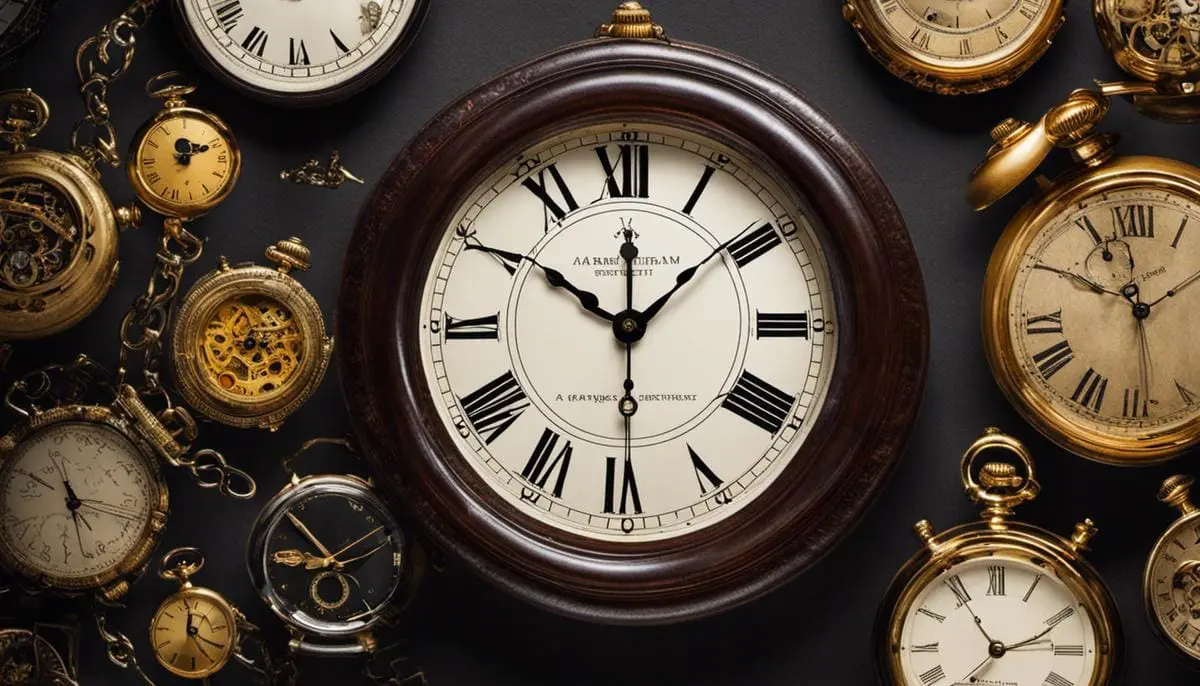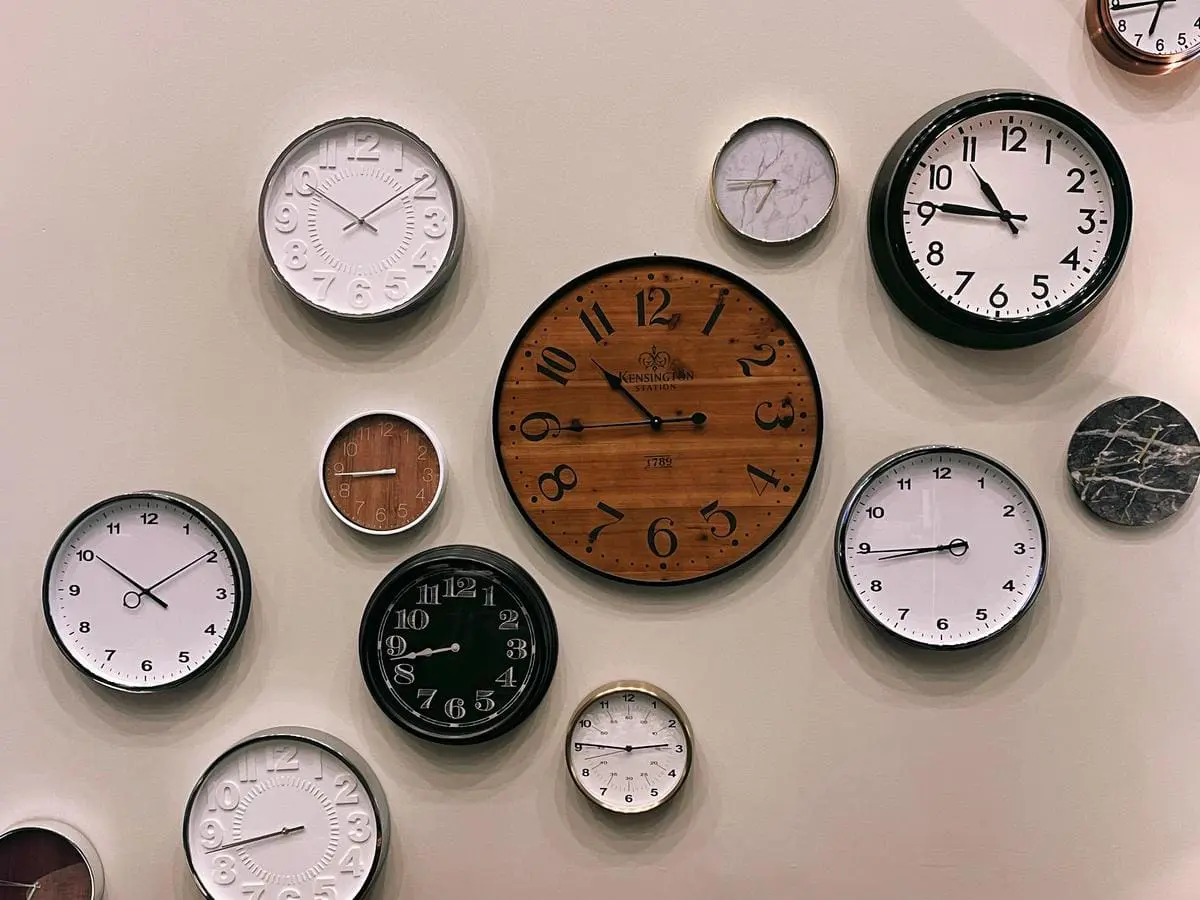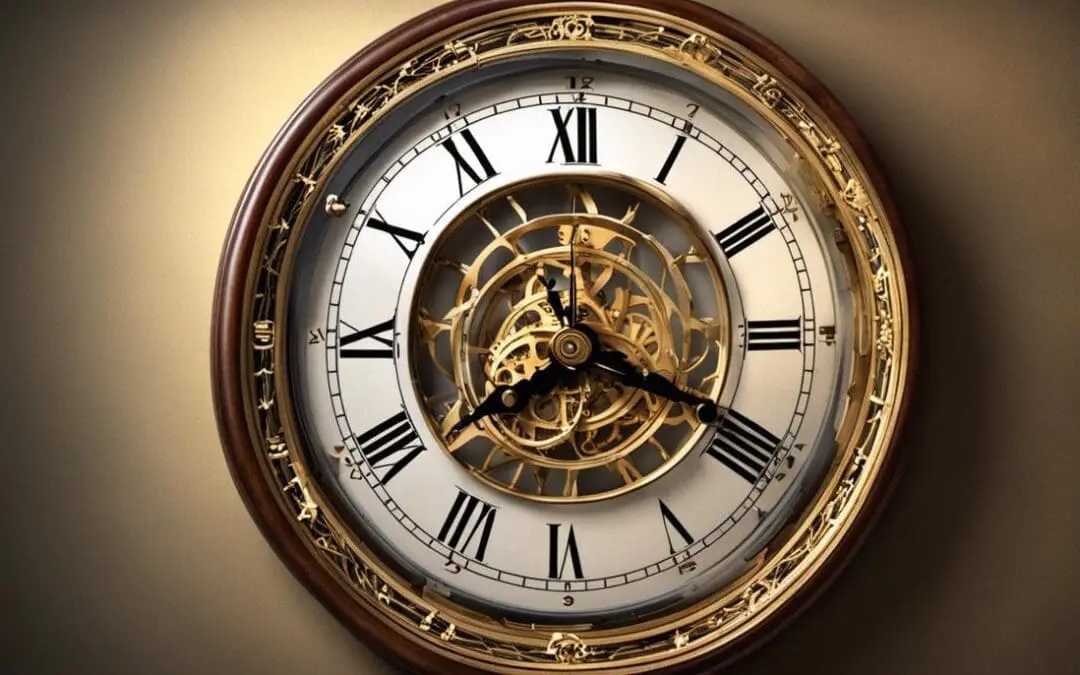Timekeeping can often be a misunderstood concept, yet it’s an integral part of our day-to-day life. In the United States, we mainly use the 12-hour clock, known as regular time. Here, our entire day is divided equally into two: A.M. (ante meridiem) marks the period from midnight to noon while the time from noon to midnight is designated as P.M. (post meridiem). For someone unacquainted, this could be a bit perplexing, primarily when we have a 24-hour alternative at our disposal well-known as the military time. Predominantly used by the military to avoid confusion, it has also found its application in various industries worldwide. By grasping the concept of these two timekeeping formats, their key differences, and knowing how to convert one to another, we can undoubtedly facilitate better time comprehension. This understanding is not just useful for personal knowledge, but also crucial if you’re planning to join or work closely with the military or industries that adhere to their regimen.
Understanding Standard Time
Understanding Standard Time
The standard time format, also known as the 12-hour clock, is a timekeeping system that is commonly used in the United States and several other countries. Under the 12-hour system, one day is divided into two periods: the ante meridiem (A.M) period and the post meridiem (P.M) period. The periods A.M. and P.M. stand for “before midday” and “after midday” respectively in Latin.
Reading Standard Time: A.M. and P.M.
On a standard clock, time starts at 12:00 A.M. Subsequent hours are then counted from 1:00 A.M to 11:59 A.M. When midday is reached at 12:00 P.M, the cycle restarts from 1:00 P.M and goes on to 11:59 P.M. The A.M. period takes place from midnight to just before noon, while the P.M. period goes from noon to just before midnight.
Writing Standard Time
Writing the time in standard format involves a few simple rules. Always include both the hour and the minutes, even if the minute value is zero. For example, if it is 3 o’clock, it should be written as 3:00 rather than just 3. Then, after the minute value, put either “A.M.” or “P.M.” to indicate whether the time falls in the first or second half of the day. For instance, 3:00 in the afternoon would be written as 3:00 P.M.
Standard Time in Everyday Context
The use of standard time is widespread in everyday contexts such as setting alarms, scheduling appointments, making reservations, and announcing the timings of events, among others. Some digital devices offer the option to display time in either the 12-hour or 24-hour format, allowing users to select their preference.
Transitioning from Standard Time to Military Time
People who are accustomed to the 12-hour clock may initially find Military Time—also known as the 24-hour clock—challenging to understand. However, the transition can be straightforward with a bit of practice. The 24-hour format is similar to regular time for the hours from midnight to noon (0000 to 1159), but for the afternoon and evening hours, it continues to count from 1300 to 2359, thereby eliminating the need for “A.M.” and “P.M.” indicators.

Grasping the Concept of Military Time
Understanding Military Time or 24-hour Format
The 24-hour clock, often known as military time, offers a way of telling time that avoids confusion between AM and PM. In this system, the hours of the day run from 0 to 23, starting at midnight. Therefore, 1 AM is the same as 0100 in military time and 1 PM is 1300.
Reading Military Time
Reading military time involves only the slight adjustment of doing away with any notion of AM or PM. Hours from 1 to 12 correspond to the hours 1 AM to 12 PM respectively, except they are written with a leading zero (for instance, 5 AM would be 0500). Hours from 13 to 24 then correspond to the hours 1 PM to 12 AM respectively. Therefore, 1600 would be 4 PM and 2300 would be 11 PM.
Converting Standard Time to Military Time
Converting standard time to military time is a simple process. For the hours from 1 AM to noon, simply add a zero before one-digit hours. For example, 8:15 AM becomes 0815 in military time. For the afternoon and evening hours, add 12 to the time, removing the PM. Hence, 5:30 PM becomes 1730 in military time. Note that midnight, or 12 AM, is indicated as 0000 or 2400 but 2400 is less commonly used.
Switching from Military Time Back to Standard Time
To convert military time back to standard time, for hours earlier than or equal to 1200, simply remove the leading zero (if any) to get the equivalent AM time. For times from 1300 to 2400, subtract 12 from the military time to get the standard PM time. Thus, 2000 military time converts to 8:00 PM standard time.
Practice Makes Perfect
Familiarizing yourself with military time can take a bit of practice. Regularly trying to read the time in the 24-hour format and performing conversions can help solidify understanding. For practice, consider changing your digital devices to display time in the 24-hour format temporarily. This can provide regular, real-world instances to practice reading and converting military time.

Comparing Standard and Military Time
Understanding Standard Time
Standard time is the time format that is commonly used in the United States. It operates on a 12-hour cycle, starting at 12 midnight (12:00 AM) and running through until 11:59 AM. The cycle then starts over from 12:00 PM (noon) and runs through until 11:59 PM. This 12-hour time format is often written with a colon separating the hours and the minutes, and an AM or PM affixed to indicate whether the time is before or after midday.
Understanding Military Time
In contrast to regular time, military time operates on a 24-hour clock. It starts from 0000 (midnight) and runs through to 2400 (next midnight). In military time, the hours from 1 A.M. to 9 A.M. are typically written with a leading zero (for example, 1:00 A.M. in regular time would be written as 0100 in military time), and there is no colon to separate the hours from the minutes. Military time doesn’t use A.M. or P.M. markers because the 24-hour format eliminates the need for them.
Converting Standard Time to Military Time
When converting standard time to military time, follow these steps. For hours 1-11 in the AM, add a zero before the number, remove the colon, and eliminate the AM. For 12 PM to 11 PM, add 12 to the hour (with the exception of 12:00 PM, which would be 1200 in military time), remove the colon, and eliminate the PM. For example, 2:45 PM in standard time would be 1445 in military time. When the time is 12:00 AM in standard time, it would be 0000 in military time, not 2400.
Converting Military Time to Standard Time
For conversion from military to standard time, if the first 2 digits (the hours) are 12 or less, simply add a colon between the hours and the minutes and append AM (for times up to 11:59) or PM (for time 12:00). If the hour portion of military time is greater than 12, subtract 12 from the hour portion, add a colon between the hours and minutes, and append PM. For example, 1530 in military time would convert to 3:30 PM in standard time.
Usage of Standard and Military Time
Standard time is widely used in American culture for personal, commercial, and some professional purposes. It’s common in programs, appointments, and schedules for events. Meanwhile, military time is used in certain professions where clarity and precision are paramount, such as in the military, aviation, emergency services, and healthcare. It is effective to avoid confusion that might arise due to the AM/PM designation used in the standard time system.

There’s no denying that understanding the formats of timekeeping, their suitable usage, and ability to convert one into another, comes with its fair share of advantages. Notably, the 24-hour format, aka military time, gains an upper hand for being an unambiguous way of representing time, eliminating possible confusion created by the A.M. and P.M. system. It easily clarifies the particular hours of the day without needing additional specifications. Then again, the 12-hour format or the standard time holds its ground as a widely accepted way of reading, writing, and communicating time in several parts of the world, especially in the United States. The key is to grasp both’s fundamental principles and apply them judiciously based on the need of the hour. Undoubtedly, a firm understanding of standard and military time not just enhances time literacy but also broadens our horizon to communicate and operate smoothly within a diverse cultural or professional milieu.

